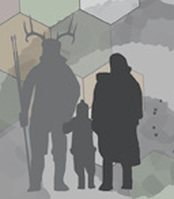"The American Anthropological Association today called on professional and college sports organizations to denounce and abandon the use of American Indian nicknames, logos, and mascots, unless appropriate consultation has taken place with individual tribes and other indigenous stakeholders. The AAA resolution also calls for sports organizations to respect the right of individual tribes to decide how to protect and celebrate their cultural heritage."
My goodness how courageous we've become! After all, the debate about using Native American images and names as mascots for sports teams has only been going on for . . . oh . . . 40 or 50 years now. Way to go, AAA, for staying relevant and positioning us as leaders on this issue.
In case it's not apparent, I'm being sarcastic. When one of my friends posted a story about the AAA announcement on her Facebook page today, I was honestly surprised: I was surprised to learn that the AAA hadn't taken a position on this years ago. Was it really that hard to decide that a professional sports team named the "Redskins" wasn't a great idea? Native Americans have been saying it's a bad idea since before I was born. What took the AAA so long? I just don't get it.
I'm hoping next we'll hear strong yet carefully worded statements from the AAA calling for an end to child labor during the Industrial Revolution and a cessation of Stalin's purges. That would really mark us as effective agents of social change.
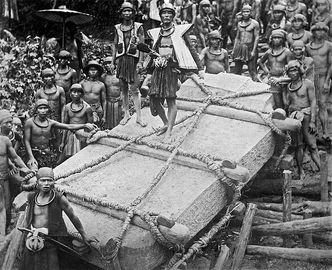
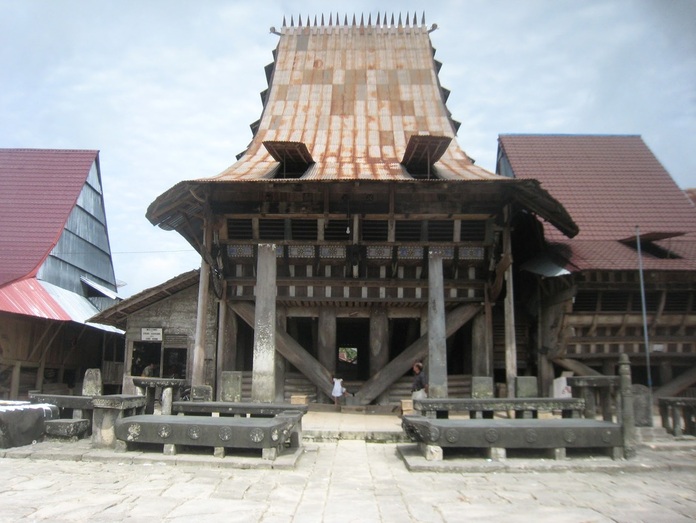
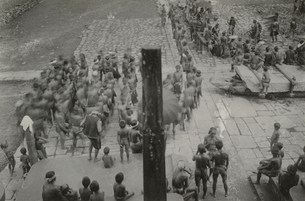
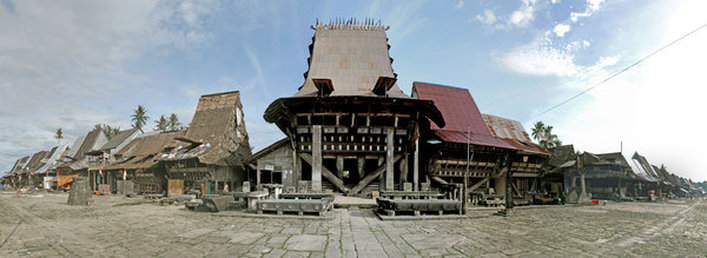
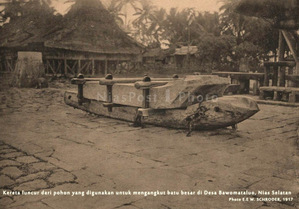
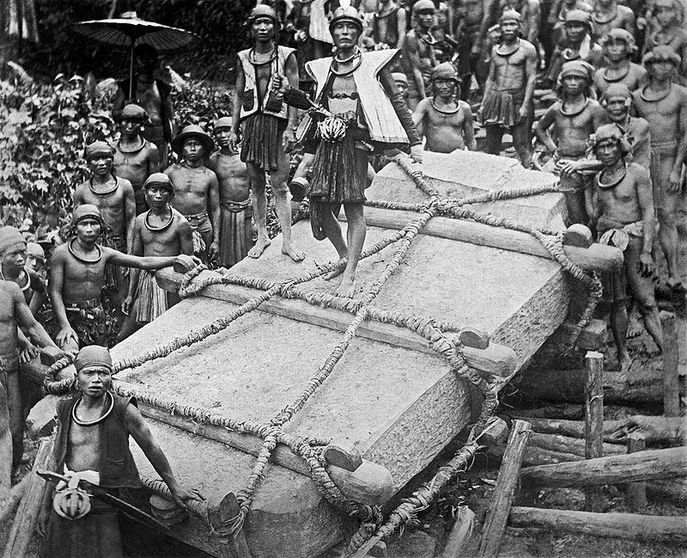
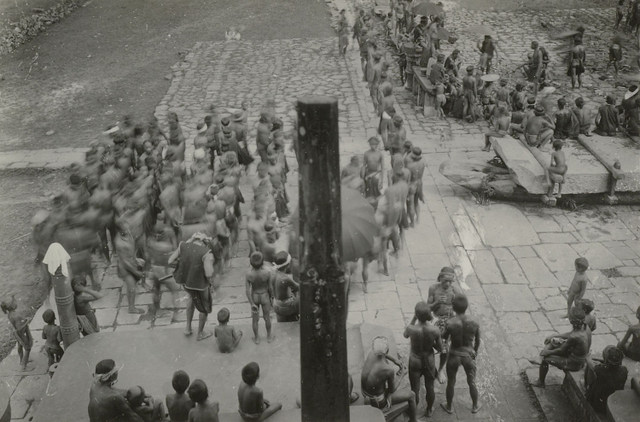
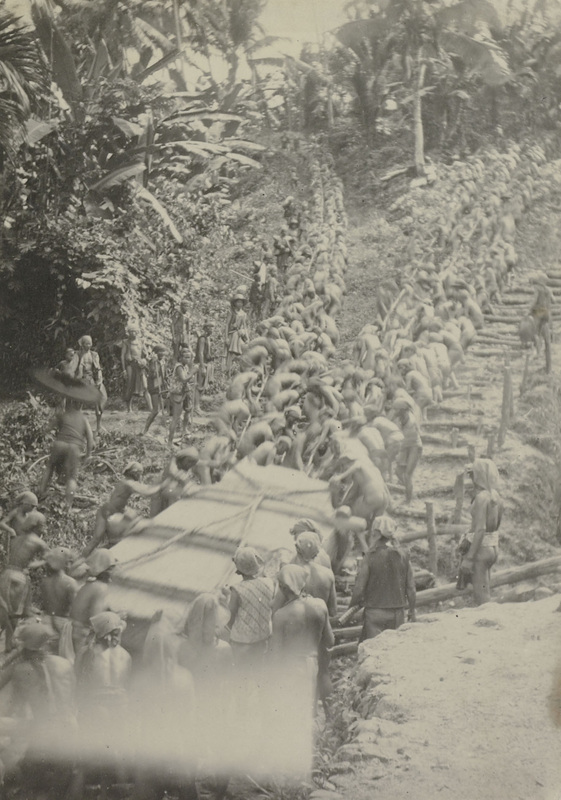
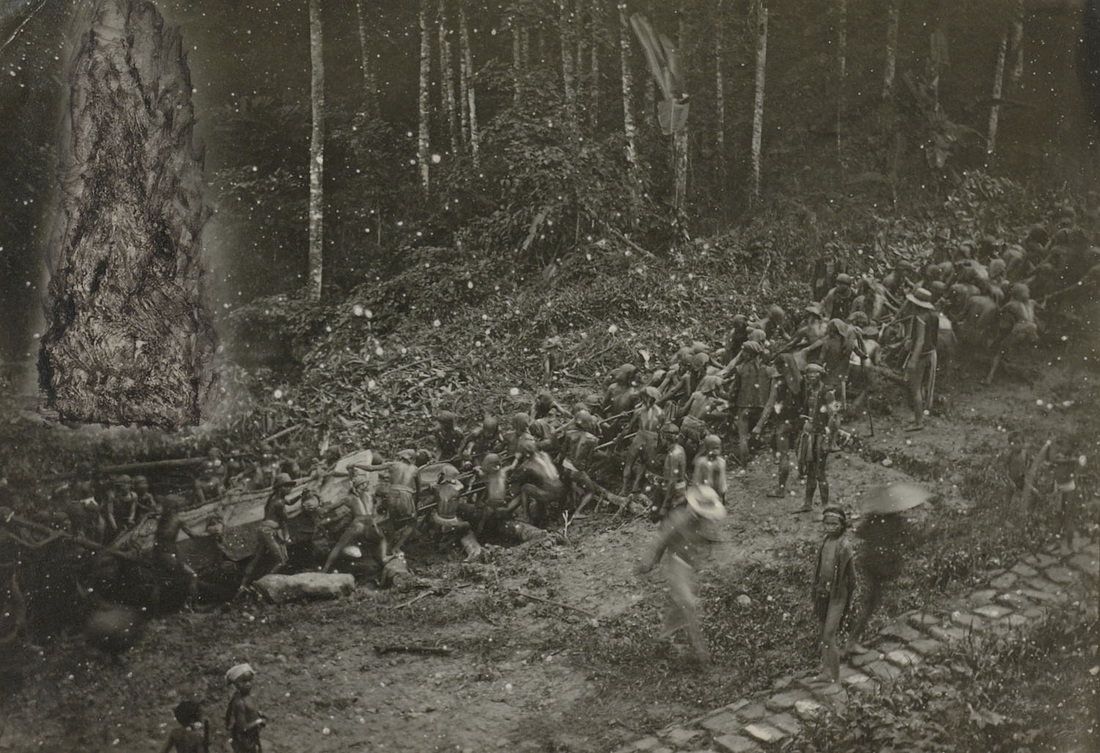
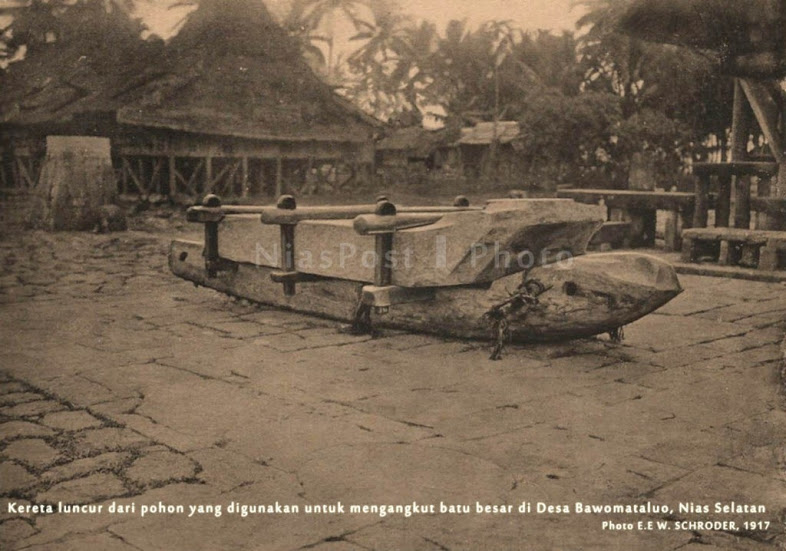
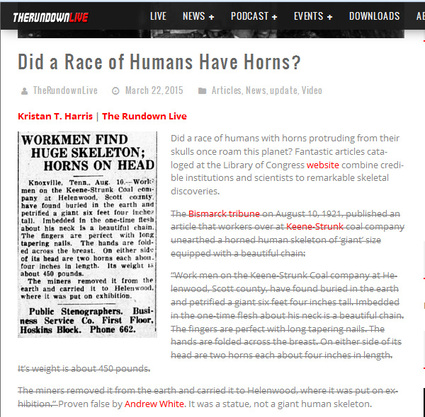

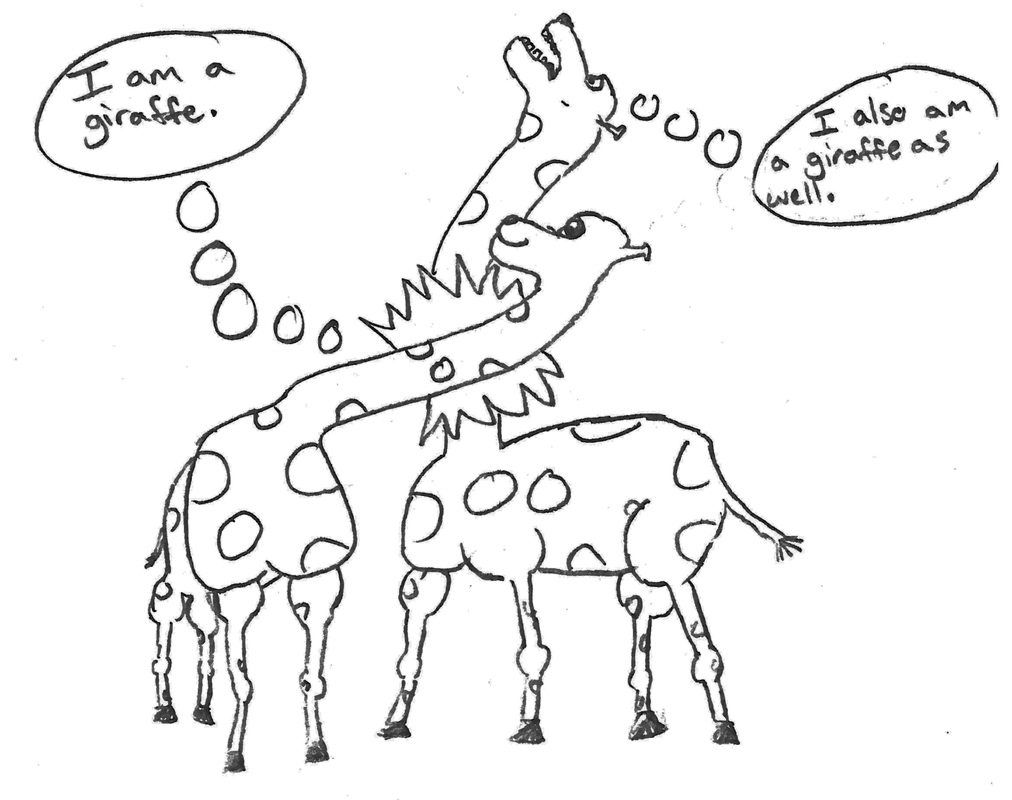
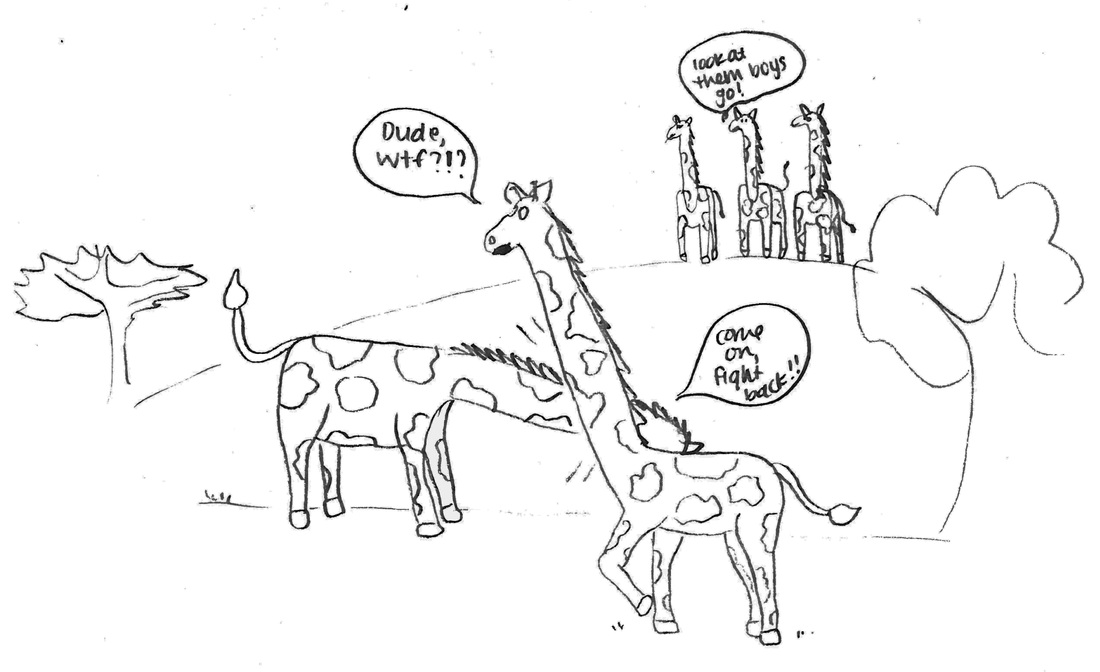
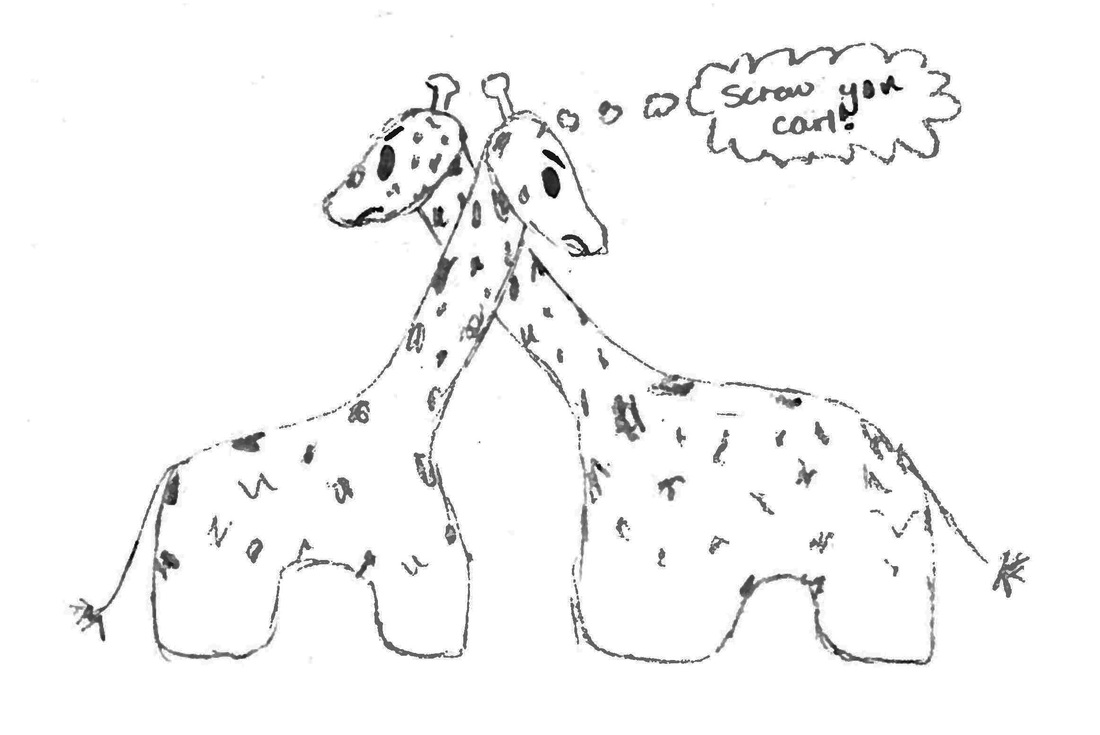
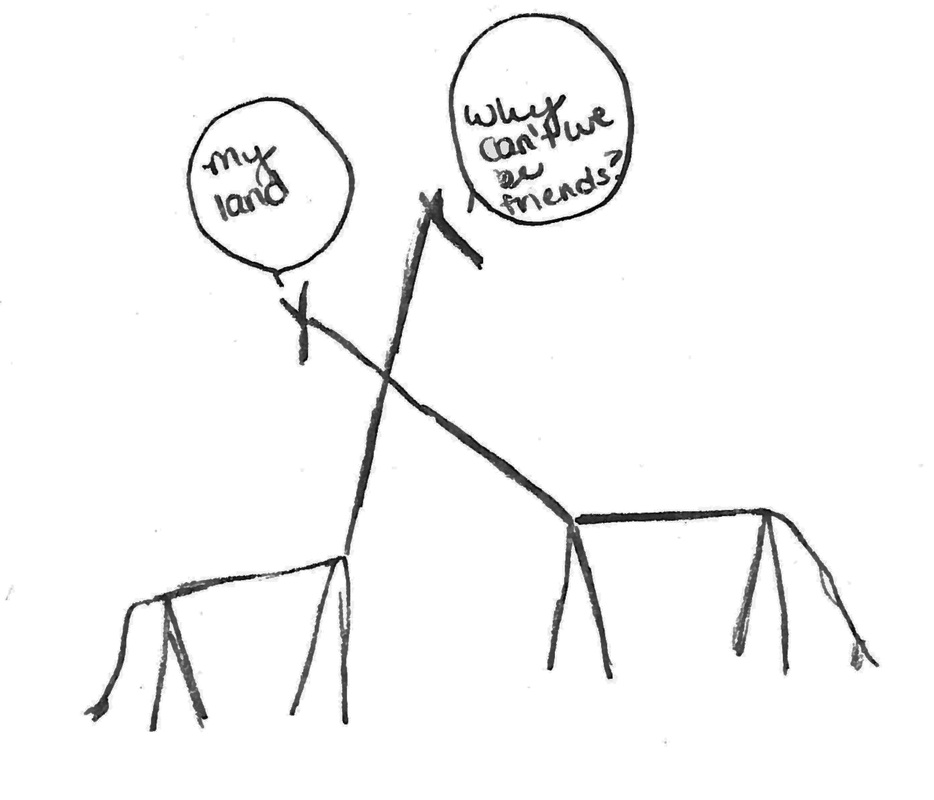

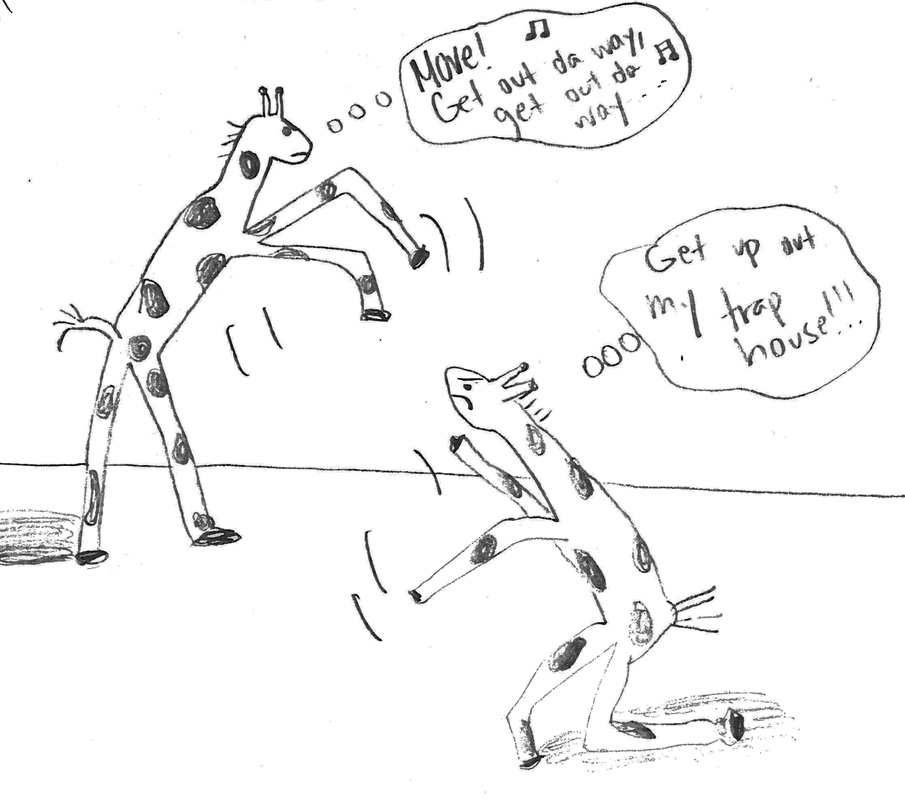
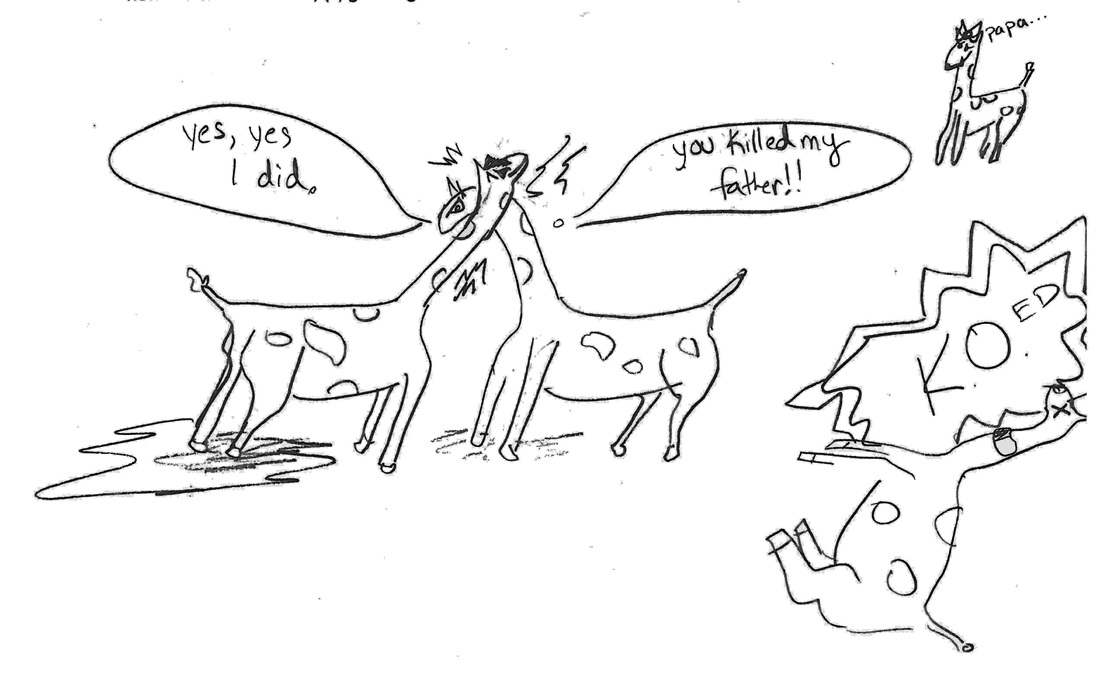
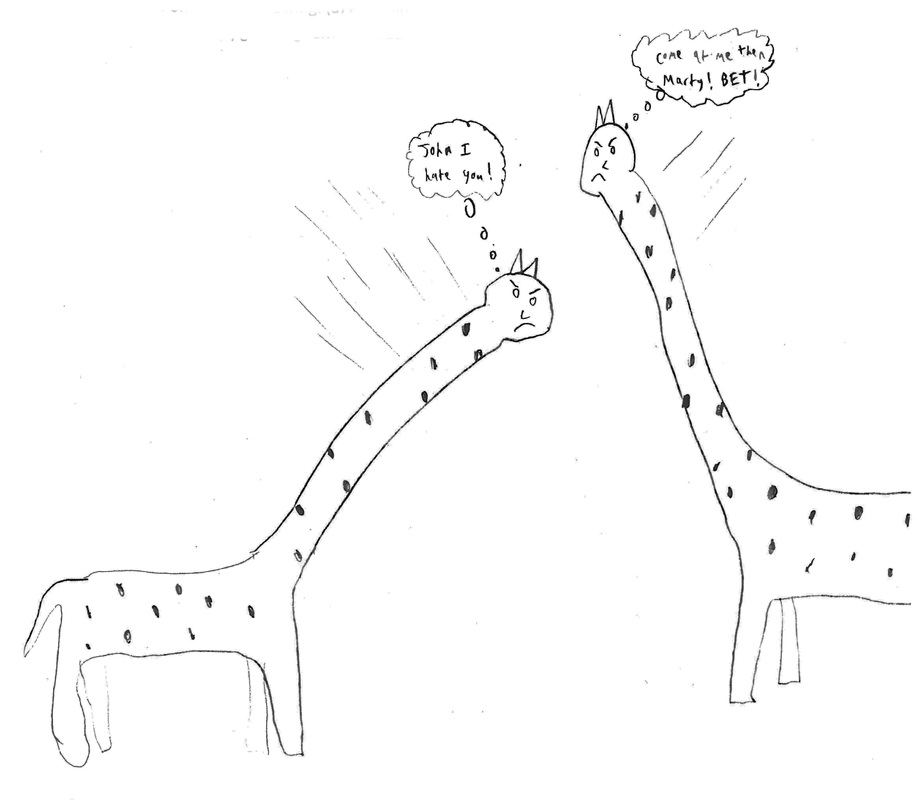
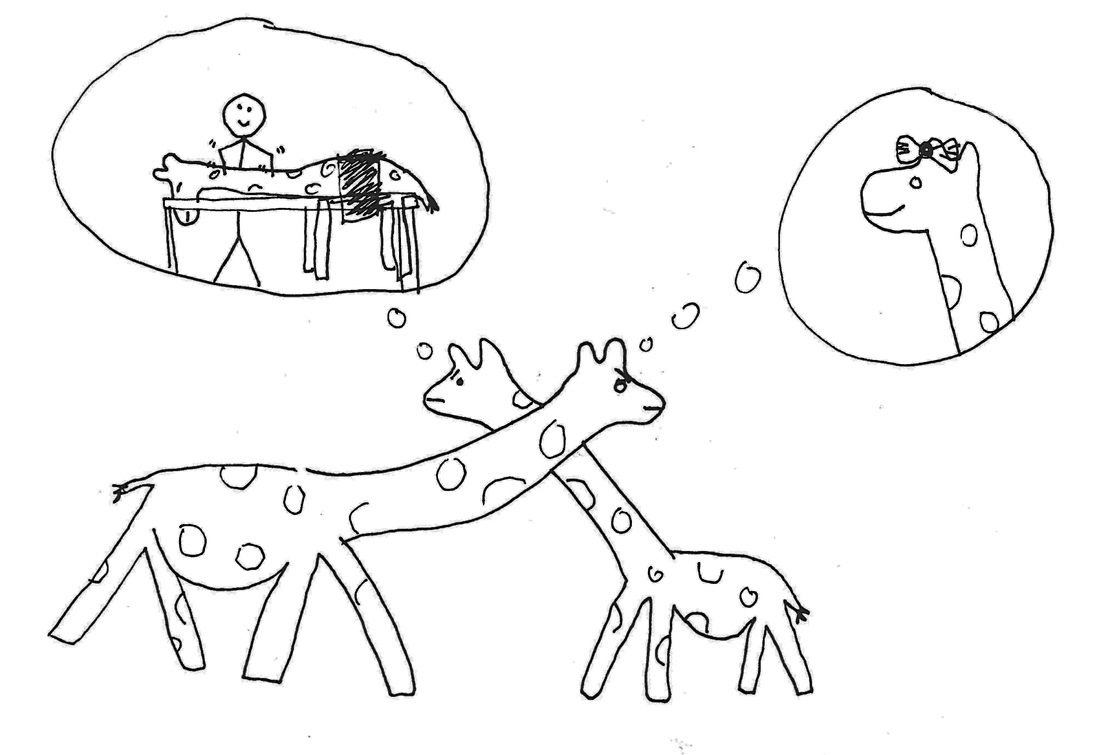
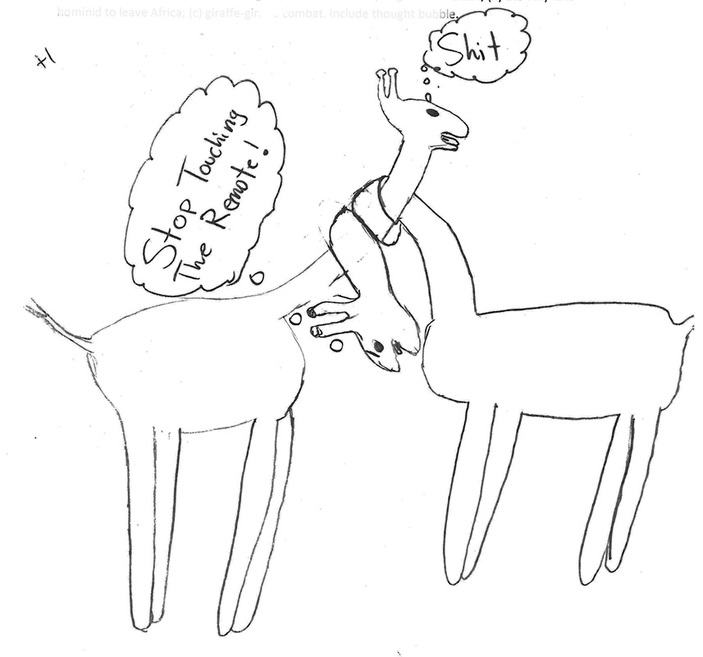

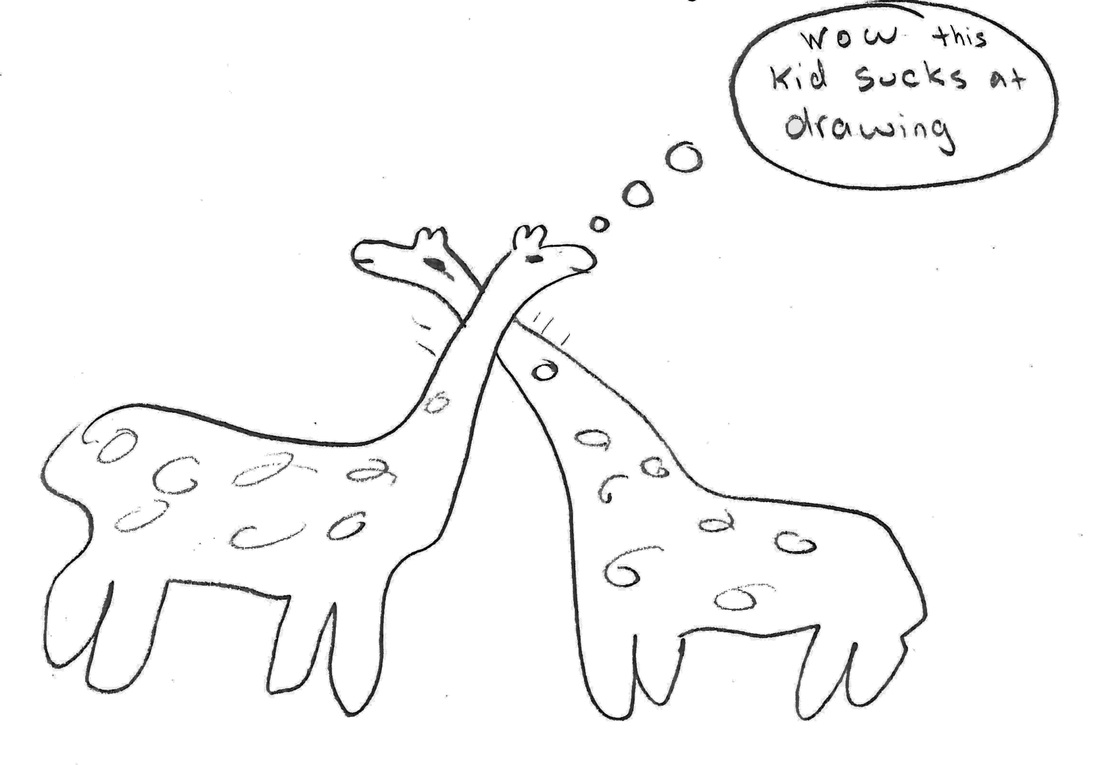
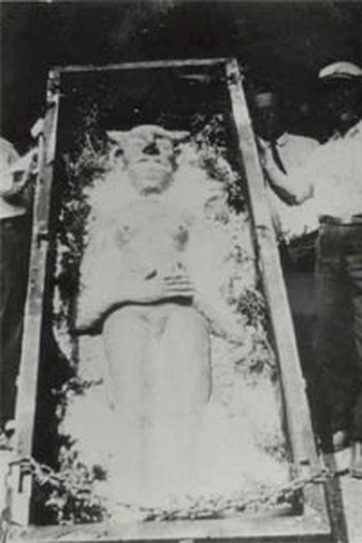
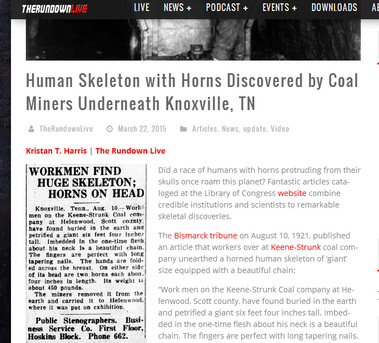
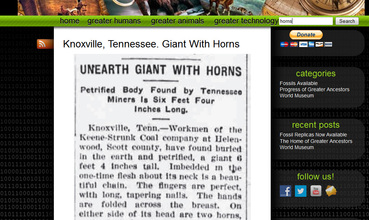

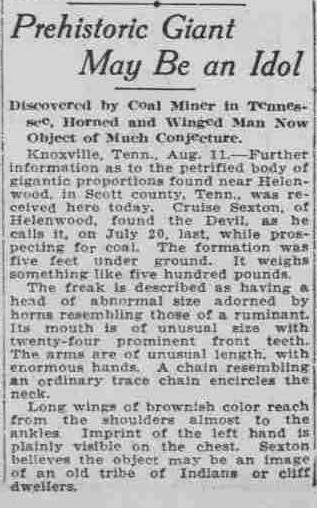
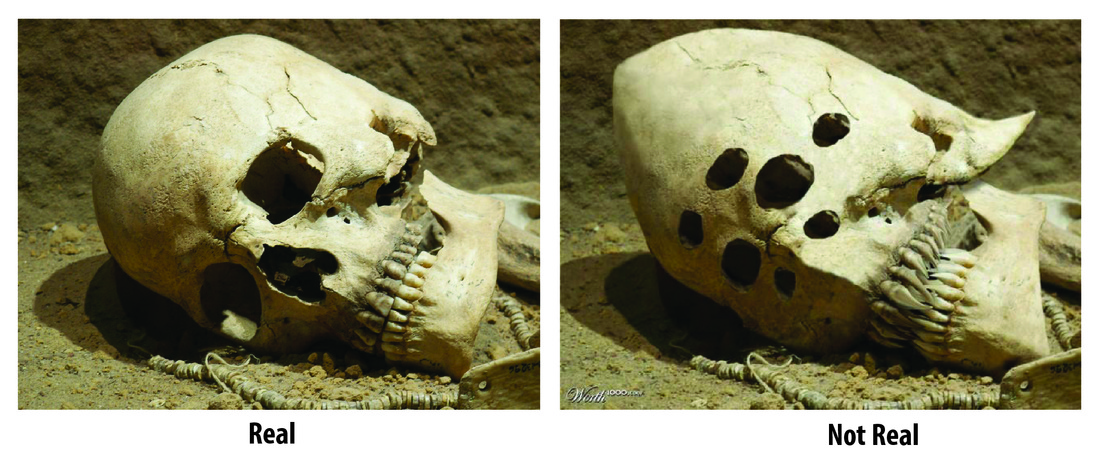
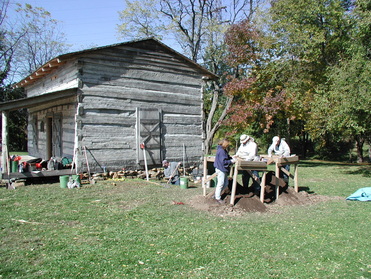

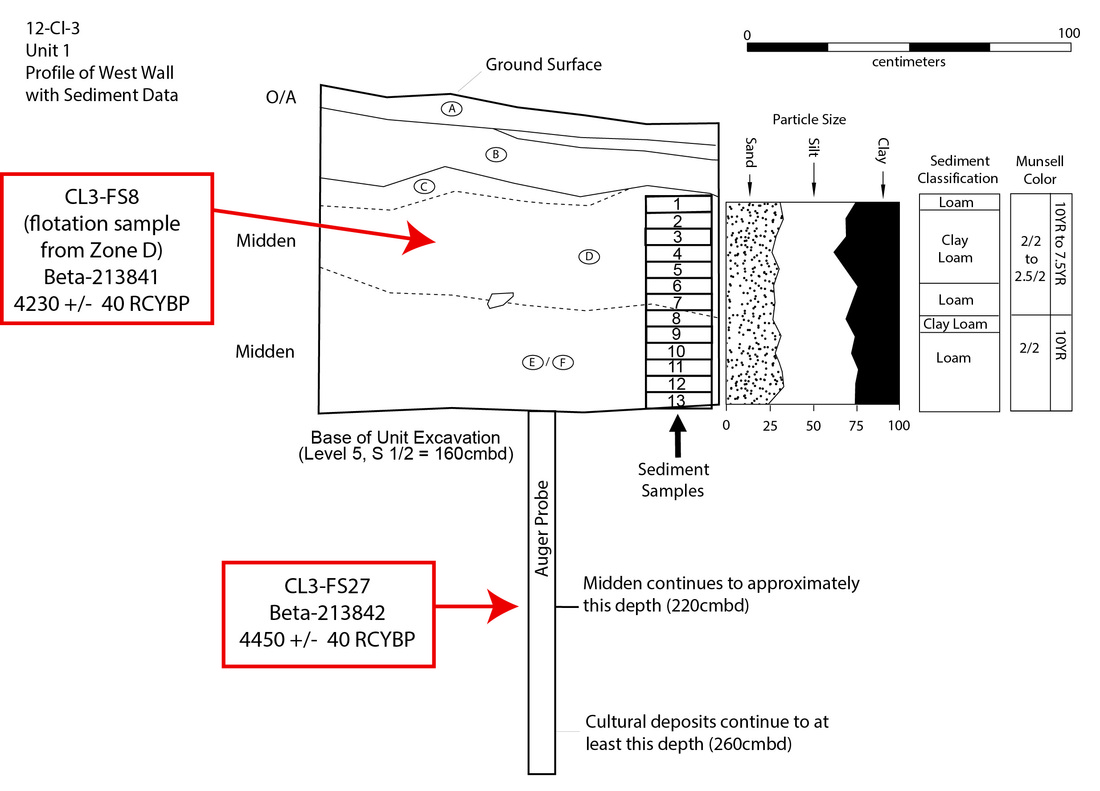
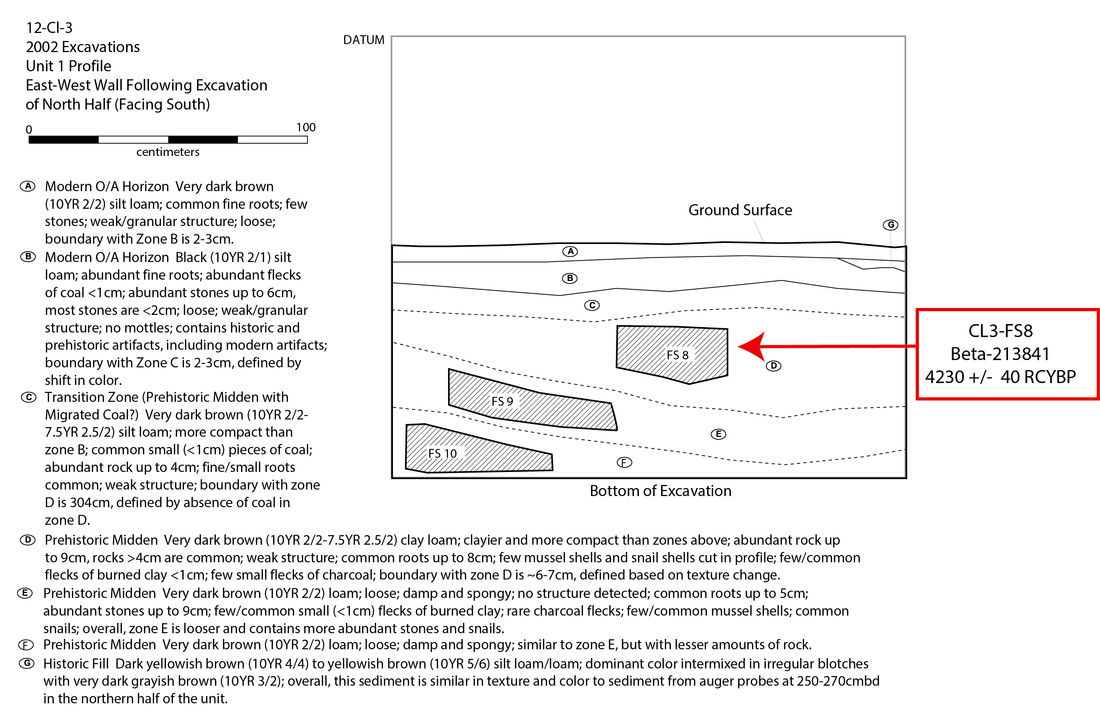
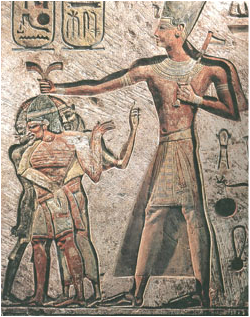
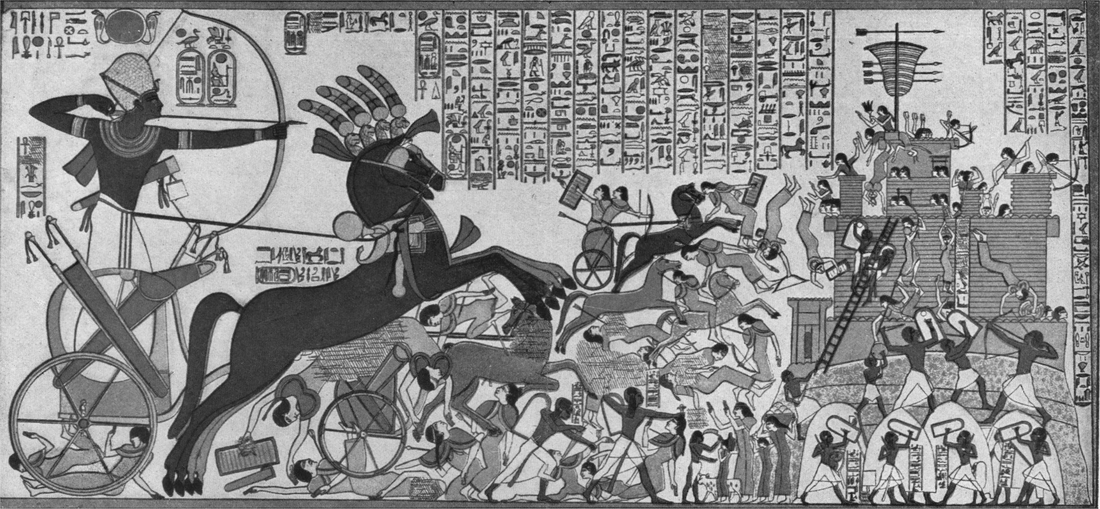
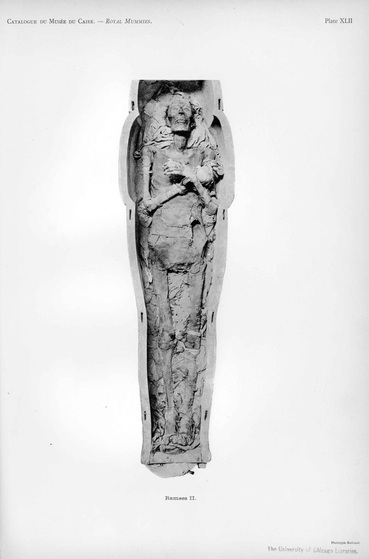
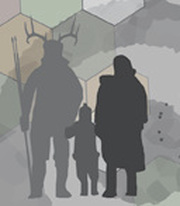

 RSS Feed
RSS Feed
